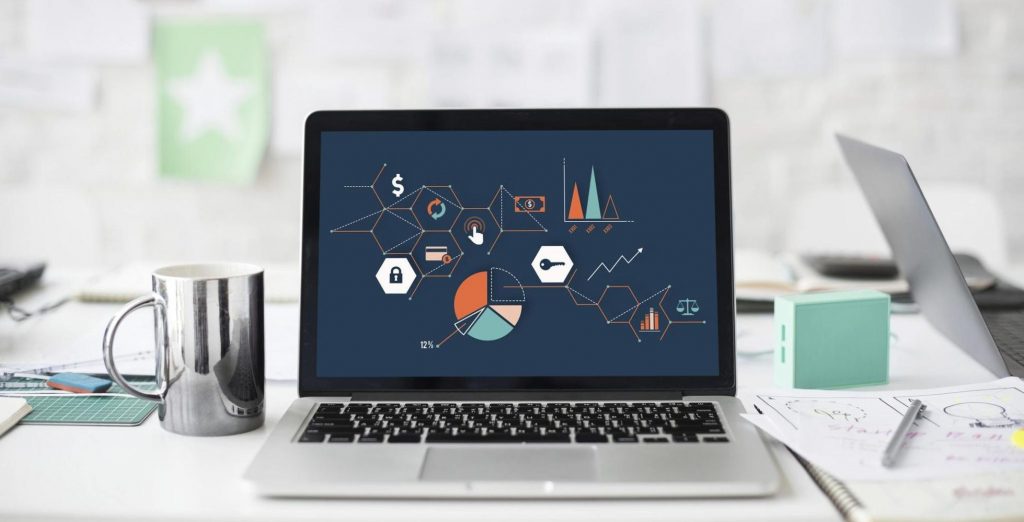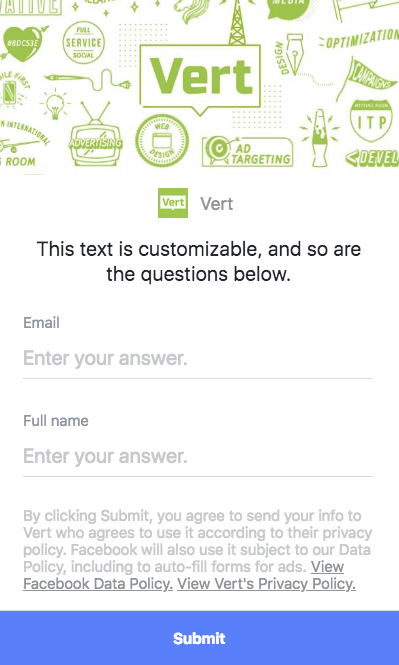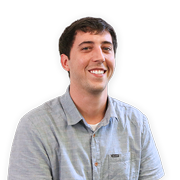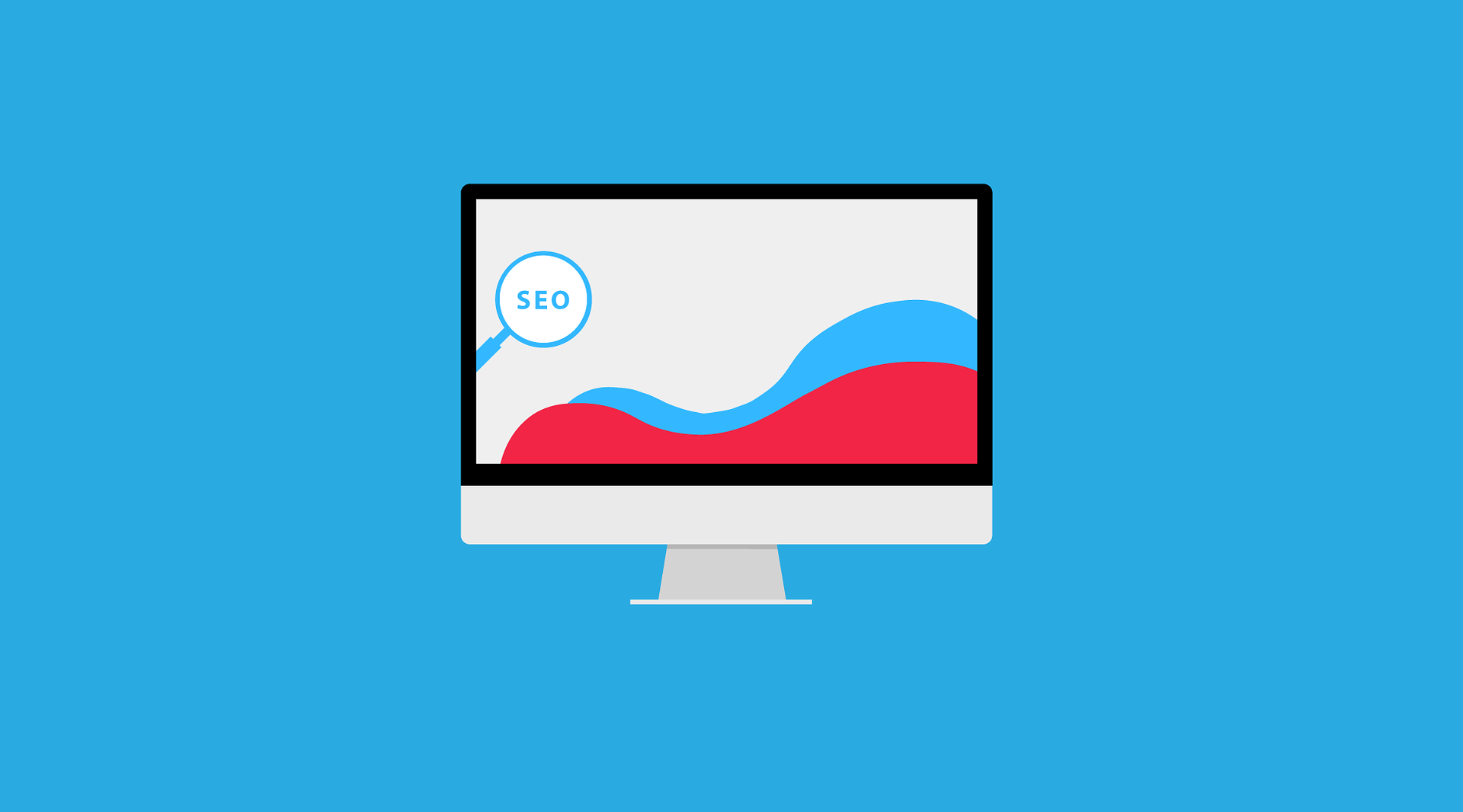Vert Blog
Targeting Your Maximum ROI: 10 Tips for Facebook Ad Optimization
So, you’re interested in running Facebook ads but want to maximize [insert your goal here]. Easy enough, right? However, with innumerable combinations of ad formats, optimization strategies, audience targeting, bidding strategies, and more, it may seem like the perfect formula can be impossible to land on. While there’s no magical strategy for campaign success, there are best practices and expert tips that can give your ads the best opportunity to perform. Here are 10 Facebook ad optimization tips to maximize your ROI.

We will cover the following items in this article:
- Install the Facebook Pixel ASAP
- Optimize Your Campaigns
- Build Lookalike Audiences
- Utilize Lead Gen Ads
- DON’T Hit the Boost Button
- Use Dynamic Retargeting
- Consider Your Creative
- Test Ad Formats
- Consider Your Audience Size
- Watch the Frequencies
1. Install the Facebook Pixel ASAP
The Facebook Pixel allows you to track user activity on your website and measure the results of your campaign. Like other pixels (Google Analytics is perhaps the most common), the Facebook Pixel helps you track actions taken on-site once users have clicked through one of your ads.
The pixel allows you to track landing page views, conversions, and more based on URL-based rules and custom conversions you can place in your website code.
Want to retarget users based on specific pages they’ve visited? Cue Facebook Pixel. Want to build a lookalike audience based on users who’ve purchased product X, Y, or Z? You guessed it, the Facebook Pixel. Want to dynamically retarget users to show complementary products to the ones they’ve already viewed? Yep, the Facebook Pixel.
2. Optimize Your Campaigns
Once upon a time, digital campaigns were based on impressions, clicks, and CTR. Those days are (mostly) gone. While these metrics should be considered when evaluating campaigns, optimizing toward link clicks, for example, may not be your best bet for getting a healthy ROI.
Rather than optimize toward front-end metrics, such as post views or link clicks, focus on lower-funnel actions. Optimize toward landing page views, i.e. users who will stick around long enough to land on your website and consume your offer.
Looking to generate sales? Optimize toward conversions, setting a conversion goal using data from the Pixel you’ve placed. With lead ads (more info on these later on), you can optimize toward individuals more likely to submit your lead form rather than just click on it.

3. Build Lookalike Audiences
Think of lookalike audiences as similar audiences to a “seed” list of data you upload. For example, if you have a list of 3,000 current customers, you can upload this seed list and match these customers on Facebook (all data is hashed and secure upon upload). From there, build a lookalike audience of the people most closely resembling your customers.
Pro Tip: When building seed lists, Facebook allows you to upload customer lifetime value to build lookalikes focusing on your most valuable ones.
Consider building lookalikes based on the following audiences:
- Matched customers or prospects from 1st party data
- Website traffic (i.e., visiting a certain URL like a purchase confirmation page)
- App activity (i.e., people who regularly use or purchase through your app)
- Engagement with your Facebook page
- Individuals who have filled out lead forms from lead gen campaigns

4. Utilize Lead Gen Ads
What if driving leads could be easier than pulling people from Facebook, dropping them on your landing page, and having them fill out a form (probably on their cell phone)? There is: Facebook lead ads.
Lead ads are an ad format that allows individuals to sign up for your offer without ever having to leave Facebook. The signup process is further simplified by auto-populating form fields with information that they’ve already given Facebook, reducing friction in the process.
Bonus points: The longer leads sit before being contacted, the less likely they are to convert. Instead of manually downloading leads each day, sync lead ads with your CRM so you can act on each lead as soon as it comes in. Sync with many of today’s top CRMs and make sure to set up the appropriate workflows to automate lead transfer quickly and efficiently.
5. DON’T Hit the Boost Button
In today’s pay-to-play world, Facebook’s organic reach is severely limited without putting paid media dollars behind each post. When promoting posts, don’t just hit the boost button to throw some spend behind it. Instead, promote posts via Ads Manager to take advantage of Facebook’s full targeting, bidding, and placement options.
So, why not use boost? When compared to promoted posts via Ads Manager, boosted posts are limited in their capabilities. The main limitations of boosted posts are:
- No custom audiences
- Limited campaign goal optimizations (mostly reach-based)
- Limited optimizations for ad delivery (ex: no landing page views)
- Limited geographic targeting (ex: cannot target people who live in a city vs. who were recently in a city vs. who are traveling to a city)
- No conversion tracking
- No placement targeting
- No device targeting
- No manual bidding
- No Audience Network / Instant Article exclusions (ex: excluding mature content as a placement)
- No language targeting
6. Use Dynamic Retargeting
While retargeting is well-known, one often underutilized tactic is dynamic retargeting. Imagine this scenario: you’re online shopping for clothes and find a few new shirts that fit your style, but you were in a rush and didn’t purchase right away.
Now, imagine you see a carousel ad for the same shirts plus several more, all now with a 10% off offer to buy today! Will you continue your purchase journey? Many people will.
For businesses with large product catalogs, dynamic retargeting allows you to dynamically remarket to individuals based on the products they’ve previously viewed or purchased (Facebook Pixel required). The process starts with uploading a product catalog or data feed, a file housing your products and additional parameters like product images, price, descriptions, availability, etc. Then you can create a dynamic ad template that pulls from your product catalog to serve different ads to individuals based on the products they’ve viewed and/or purchased.
Instead of creating ads for each product, the dynamic template allows you to create product ads en masse, saving time and resources for you and your team.

7. Consider Your Creative (Static Image, GIF, Video, Etc.)
How does your creative stack up in the News Feed? Does it stand out and draw attention, or slide idly by as users scroll past? If it’s the latter, consider stepping outside of the standard static creative and moving into the video world.
Social video generates 1200% more shares than text and images combined, and 4 in 5 consumers would rather watch a video about a product than read about it. As a result, consider testing video or lightweight video creative (slideshows, GIFs, etc.) to add motion and eye-catching appeal to your posts.
While video and/or motion graphics aren’t a magic bullet that will always lead to lower conversion costs and higher ROI, consider testing video to see if it works for your brand. You may be surprised with the results.
8. Test Ad Formats
Along with creative, test different ad formats to see what works best for your business. Have you only ran link ads in the past? Try to tell a different story with a carousel.
The six ad formats you can choose from are:
- Static image / photo
- Video
- Carousel (multiple images and/or videos)
- Slideshow (lightweight video cycling through images)
- Collection
- Messenger
With all the different ad formats available, you can test different sequences and combinations to determine what works best for you. You may find that static images perform best across the board, but you may also discover that video prospecting followed by static image carousel retargeting drives the highest ROI. Feel free to experiment but follow a structured testing process so you can identify positive trends.
9. Consider Your Audience Size
One of the biggest influences on the success or failure of your campaign is targeting. Are you casting your net too wide? Too narrow? Just right? The questions to ask include:
- What is your goal? $400,000 in new sales? 125 new leads? This will help you set your budgets.
- What is your target audience?
- How large is this audience?
- What is your budget to reach this audience?
- Does your audience dwarf your budget or vice versa?
These questions can provide a good starting point to determine the ideal audience size for your campaign.
For example, if you have a budget of $5,000 and an audience size of 5,000, chances are you’re targeting is too narrow. You’ll flood your audience with ads, and potentially see diminishing returns as you continue to bring the same message to the same eyes day after day.
What about the flip side: your budget is $5,000 and your audience size 2,000,000? Chances are, you can narrow your audience further to get the most out of your marketing budget. Layer additional interests and behaviors, narrow your demographic and geographic targeting and consider other ways to drill down to your ideal consumer.
10. Watch the Frequencies
As people see the same ads over and over again, you’re likely to see diminishing returns. Keep a close eye on campaign frequencies to see if you’re over (or under) serving your audience. One easy way to check this is through the Delivery Report within Ads Manager.
There are different sweet spots for every product, service, audience, and message, so make sure to test what works best for your business.
Hopefully, these 10 tips and strategies to help maximize your ROI give you a good starting point to explore the possibilities with Facebook ads. If you have other suggestions or would like to discuss opportunities for your business, reach out to us!


